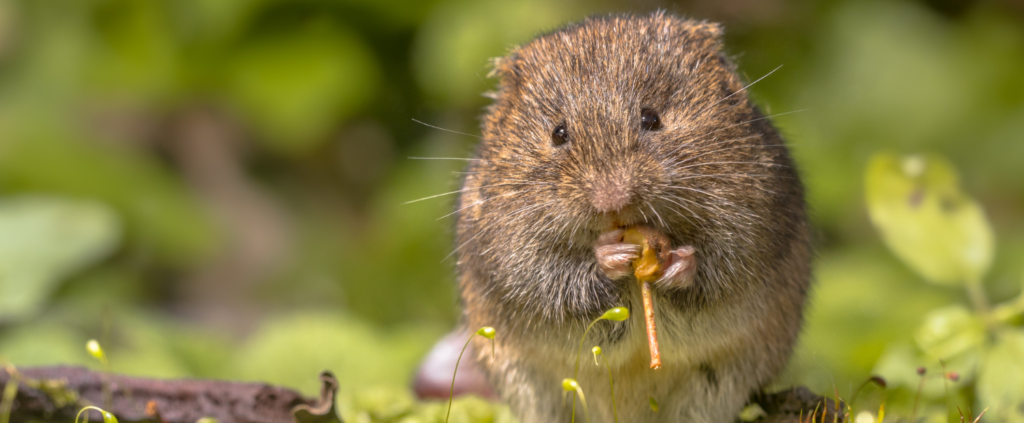
Rodent Infenstation Vole.png
Rodents have been an issue throughout California’s orchards and vineyards this year, affecting everything from Central Coast citrus operations to San Joaquin nut orchards. Rats, squirrels, and voles may be small, but that hasn’t stopped them from causing outsized damage to trees, water lines, and electrical wiring, resulting in yield losses for some growers.
Sam Baldivia has seen this problem before. As the Irrigation Sales Manager for FGS, he makes a yearly habit of encouraging his customers to maintain their irrigation systems during the colder months, before the following year’s growing season begins. “Small animals can chew holes in irrigation lines, and algae buildup can cause damage to the emitters,” he explains. “Preventative maintenance during the fall and winter months can help solve those problems ahead of time.”
If you’re dealing with a bad rodent infestation, though, you may need to take more direct action. Roger Baldwin, a professor and rodent management expert at the University of California, has some suggestions. By constructing elevated bait stations throughout affected orchards, he’s seen more than a 90% reduction in black rat activity. “You want to try to minimize the number of stations you need while maximizing the effectiveness,” he explains. “The closer the stations are, the more likely it is that it’s going to work.”
Baldwin builds his bait stations using PVC pipe, zip ties, and rodenticide. He recommends starting with a 1.5-foot-long PVC pipe with a 4-inch opening and caps on both ends, then drilling 1.75-inch holes in the top portion of the bait station and placing it 4 feet aboveground. Baldwin secures his tubes by attaching them to nearby branches using zip ties or bungee cords, and fills them with 0.005% diphacinone-treated oats. Placed 98 feet away from one another, those stations have been shown to greatly reduce rat activity.
Other options include trapping tunnels (such as the Motomco Tomcat tunnel traps), burrow fumigation (Baldwin recommends using aluminum phosphide, especially during the rainy season), and pressurized exhaust machines like PERC, COJack, and the BurrowRX, all of which inject carbon monoxide into burrows. Growers who want to use aluminum phosphide must pass an exam, obtain a restricted materials permit, and use a certified applicator. They should also check the California Department of Pesticide Regulation’s online database, PRESCRIBE (or “Pesticide Regulation’s Endangered Species Custom Realtime Internet Bulletin Engine”), to make sure there are no endangered species nearby. Growers who want to cut down on pesticide use may have better luck with pressurized exhaust machines, which are considered to be more environmentally friendly.
Need help dealing with your pest problem? Come visit us at our FGS supply centers, and be sure to call up our Irrigation Department to help diagnose any damage to your watering system.
Related
Source link
2024-12-18 04:00:17
Karl Hoffman is a distinguished agriculturalist with over four decades of experience in sustainable farming practices. He holds a Ph.D. in Agronomy from Cornell University and has made significant contributions as a professor at Iowa State University. Hoffman’s groundbreaking research on integrated pest management and soil health has revolutionized modern agriculture. As a respected farm journalist, his column “Field Notes with Karl Hoffman” and his blog “The Modern Farmer” provide insightful, practical advice to a global audience. Hoffman’s work with the USDA and the United Nations FAO has enhanced food security worldwide. His awards include the USDA’s Distinguished Service Award and the World Food Prize, reflecting his profound impact on agriculture and sustainability.
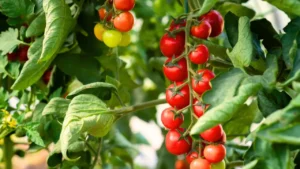
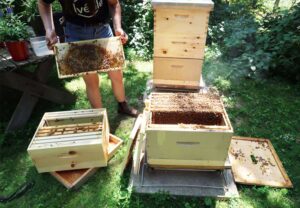
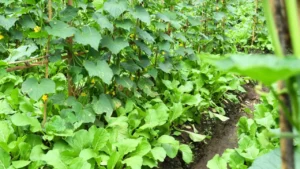


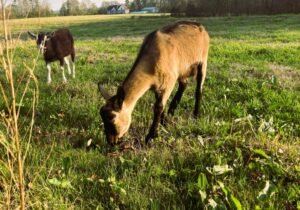
So funny! Just what I was thinking! ??